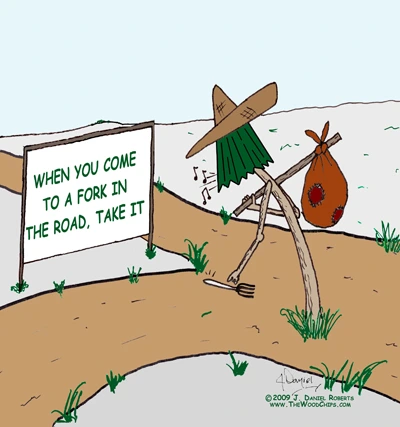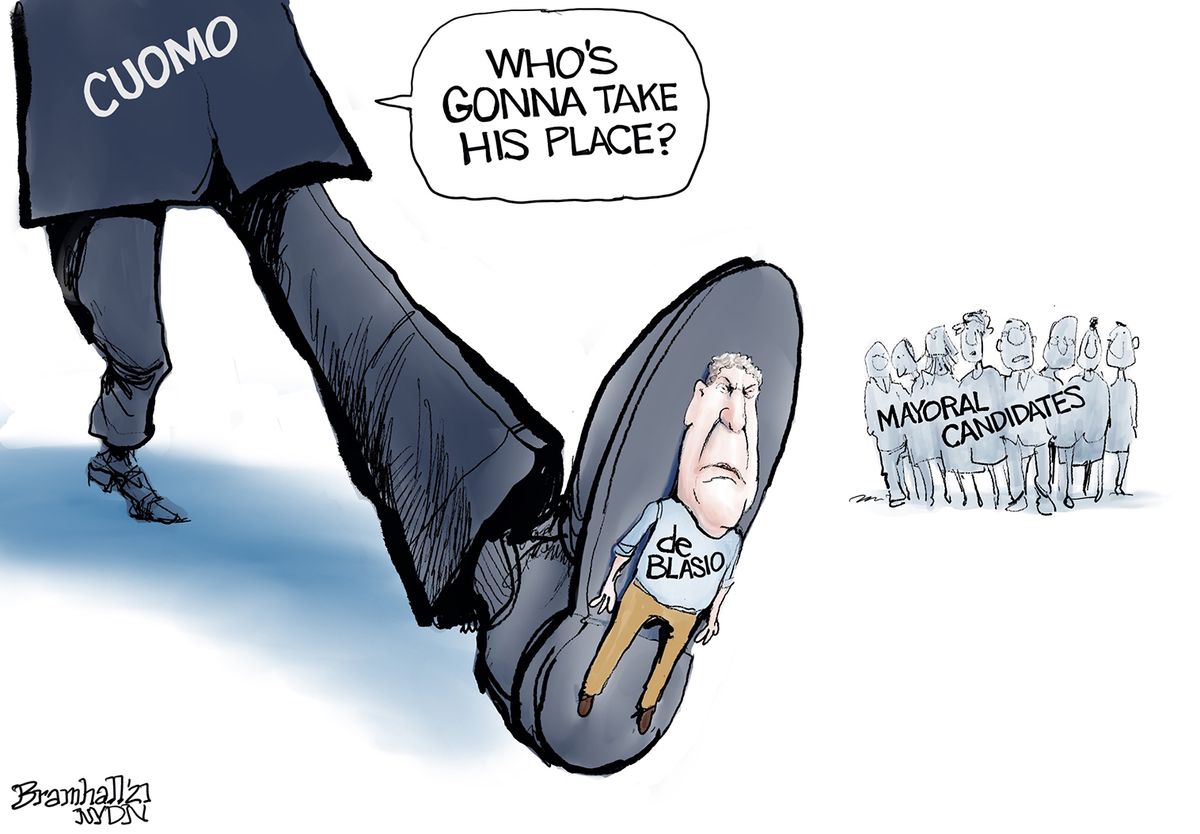Many years ago, I received notice to appear for jury duty at a Federal District Court in Dallas. The two attorneys either ran out of challenges or were so anxious to try the case that I was approved to sit on the jury for their case of child abuse. In contrast to my case, judges in similar District
Federal Courts have accepted jurisdiction over 200 cases against President Trump’s Executive Orders.
The issue in these cases is whether District Judges can or should be allowed to block orders of the President, who the Constitution vested with Executive power when pursuing his duties specifically identified in the Constitution. The 94 U.S. District Courts manned by 677 District Judges are Trial Courts. Decisions can be questioned by either party to the case and sent to an Appeals Court. The Supreme Court, under Chief Justice John Roberts, will be the final arbiter of this issue.
Eighty of President Trump’s Executive Orders were blocked awaiting expected appeal, 48 remain in effect, and 73 are pending before the District Court. This collection of cases included topics from federal funding and immigration to tariffs and transgender rights. The advent and expansion of the Administrative State created by President Woodrow Wilson, which now exercises oppressive control over our society, has allowed unelected judges to project judicial power over Constitutional powers reserved for the elective Legislative and Executive branches.
The federal government is facing a fork in the road; should every policy decision or law passed by Congress and signed by the President be halted before implementation by one of 677 unelected, politically selected District Judges hearing arguments from disgruntled adversaries or activists before the case is tried in a District Court?
Properly conducted U.S. courts operate under the principles of judicial power, jurisdiction, and standing of the party bringing the suit to the court.
The Constitution identifies the broad scope of conflicts vested in the judicial power of the “Supreme Court and such Inferior Courts.” The list of cases in Article. III. Section. 2. Includes “Treaties made, cases of admiralty and maritime Jurisdiction, Controversies between two or more States”. Did the U.S. Constitution vest power in the Dallas District Judge who tried the case of child abuse to issue injunctions on these complex matters without conducting a trial to ascertain the facts of the case?
Jurisdiction is defined as “the territory or sphere of activity over which the legal authority of a court or other institution extends”, but the Constitution remains silent on this issue. Is every political policy disagreement within the jurisdiction of 677 inferior court judges to intervene within their jurisdiction? By doing so, activist political judges have claimed jurisdictional power not vested by the Constitution.
The Standing of the Party bringing a lawsuit to the court must demonstrate that they are or will be “imminently” harmed by the law. This determination is also at the discretion of the inferior court judge. If the inferior judge is of a particular political persuasion that favors the party bringing the suit, that party is awarded “standing”. Those who bring political issues contrary to that of the judge may find that their bringing the case “lacks standing”.
Chief Justice Roberts has enough clear-thinking justices, with integrity, on his court to correct the legal malpractice of his inferior court justices. Unfortunately, on the Kilmar Abrego Garcia ‘Maryland Man’ deportation controversy, Chief Justice Roberts’ ruling only confused the issue, not resolved it. This case had been mishandled badly by previous courts and legal jurisdictions that should have been cleaned up by the inferior courts years ago.
This misappropriation of American justice is reminiscent of the young man who murdered his parents and then asked the judge to show him mercy because he is an orphan.
In this case, how could a member of a violent El Salvador gang and serial American wife abuser be given asylum by an inferior court judge by claiming another violent criminal gang was “out to get him’? Now that the gang member is back home again in El Salvador, why would our justice system demand his return to the U.S., where a warrant exists for his deportation back to El Salvador?
Are our asylum laws written to protect foreign illegal aliens, who are criminals, from rival criminals whom they had offended or harmed?
Chief Justice Roberts is at a fork in the road. He can take the fork to the right and clean up this mess forever, or he can continue to forgo his responsibility down the current destructive path, by appeasing the political interests who are corrupting our judicial system.
TW3
May 15, 2025
John Whitmore Jenkins




